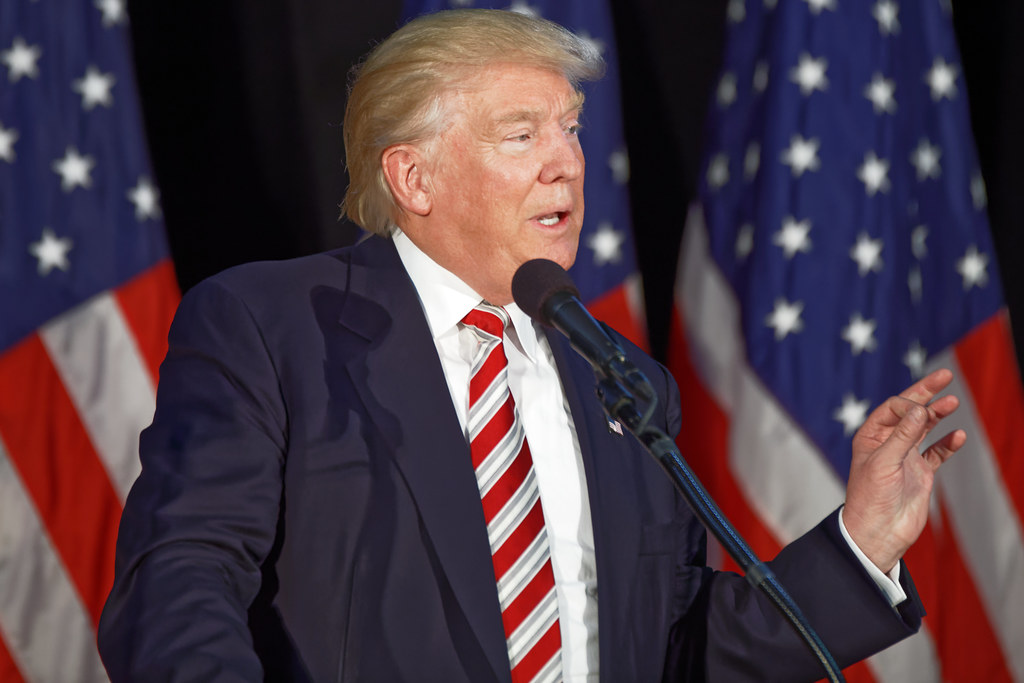Key takeaways
- Sherrod Brown says a key weakness for Donald Trump is the Republicans who backed him.
- He urges Democrats to focus on those enablers, not Trump alone.
- He points to rising grocery and health costs as proof of the problem.
- Brown believes this message can help Democrats win new seats.
- He plans to remind workers of what they’ve lost under Trump’s policies.
Sherrod Brown, the Democrat running for Senate in Ohio, told the “No Lies” podcast that Trump’s weakness lies not only in the man himself, but in the Republican leaders who supported him. Brown served as Ohio’s senator from 2007 to 2025. Now he says that voters should hold Trump’s allies accountable at the ballot box. He thinks this focus can create new chances for Democrats to gain seats in Congress.
Brown made this point clear when he spoke to progressive YouTuber Brian Tyler Cohen. He said voters should shift their energy from Trump to the people who enabled him. According to Brown, these enablers are the ones on the ballot, not Trump himself.
What Is Trump’s Greatest Weakness?
During the interview, Brown argued that attacking Trump directly misses the real target. He explained that congressional Republicans backed every major move of Trump’s presidency. Therefore, they share responsibility for any failures. By highlighting their role, Brown believes Democrats can win key races, even in red-leaning areas.
Brown’s Strategy: Targeting Enablers
Brown’s advice is simple. He said, “You don’t talk about Trump. You talk about those elected officials who enabled him and hold them accountable.” He stressed that voters need to focus on the names on the ballot. Those names are the members of Congress, state legislators, and local leaders.
In Brown’s view, this strategy serves two goals at once. First, it reminds people that their votes matter for more than just the top of the ticket. Second, it forces Republicans to defend policies they backed. By doing so, Democrats can turn the spotlight on issues where those policies failed.
Economic Pain: Exposing Trump’s Weakness
Brown also pointed to the economy as a major factor in revealing Trump’s weakness. He noted that Trump campaigned on promises to lower the cost of living for workers. However, inflation and higher healthcare costs have made life harder for average families.
“I’ve been in grocery stores,” Brown said. “People have to put some of their groceries back because they cost more than they expected.” Rising food prices, gas costs, and bills at rural hospitals all show how people are hurting. Brown thinks these everyday struggles highlight the gap between Trump’s promises and reality.
By focusing on how Republicans supported policies that failed to control costs, Brown argues that Democrats can turn economic pain into a winning message. In other words, Trump’s weakness is tied to the broken promises that Republicans helped deliver.
Winning Over Working Voters
Another key point Brown raised involves working-class voters who backed Trump in the past. He said that Democrats must show these voters what they have lost since Trump took office. From higher child care costs to cuts in local health services, many families feel squeezed.
“Things have gotten worse in these eight months,” Brown said. “There’s no question about it.” He believes Democrats can win back some of the blue-collar support Trump once had. By reminding people of higher costs and fewer services, Democrats can offer a clear choice on Election Day.
Brown also highlighted the power of personal stories. When a parent has to choose between medicine and rent, that story resonates more than abstract numbers. Therefore, Democratic candidates should share real examples of how people suffer under rising costs.
What This Means for Democrats
Brown’s approach offers a roadmap for Democrats nationwide. First, candidates should identify key Republicans who enabled Trump’s policies in their districts. Then they can create campaign messages that link those lawmakers to higher bills and fewer services.
Second, Democrats need to gather local stories. They should interview families who faced tough choices at the grocery store or struggled to find care in rural hospitals. These testimonials can make Trump’s weakness real to undecided voters.
Third, campaigns must keep the focus on the enablers, not Trump himself. That way, they avoid getting tangled in national debates over Trump’s character. Instead, they shine a light on lawmakers who control budgets, laws, and local services.
By following these steps, Democrats may flip seats in Congress and gain ground in state legislatures. Brown’s plan aims to turn voter frustration into Democratic wins across the board.
Conclusion
Sherrod Brown’s insight is clear: Trump’s greatest weakness may not be his own actions, but the Republican officials who enabled him. By targeting those enablers and highlighting rising costs, Democrats can craft a message that resonates with working families. This strategy, Brown believes, can help Democrats regain seats and reshape the balance of power. As voters think about the next election, they may find that the real fight is not against Trump himself, but against the lawmakers who backed him.
FAQs
What does Sherrod Brown see as Trump’s weakness?
Brown says Trump’s weakness lies in the Republicans who enabled his policies. He urges voters to hold those lawmakers accountable instead of focusing solely on Trump.
How can Democrats use this strategy in campaigns?
They can target GOP enablers on the ballot, highlight economic pain caused by their policies, and share personal stories of affected families.
Why does Brown emphasize the economy?
He believes rising grocery prices, healthcare costs, and everyday bills show a broken promise from Trump and his allies, making it a strong point for voters.
Can this approach win back working-class voters?
Yes. By reminding families of what they’ve lost—like affordable childcare and local health services—Democrats can appeal to workers who once supported Trump.



